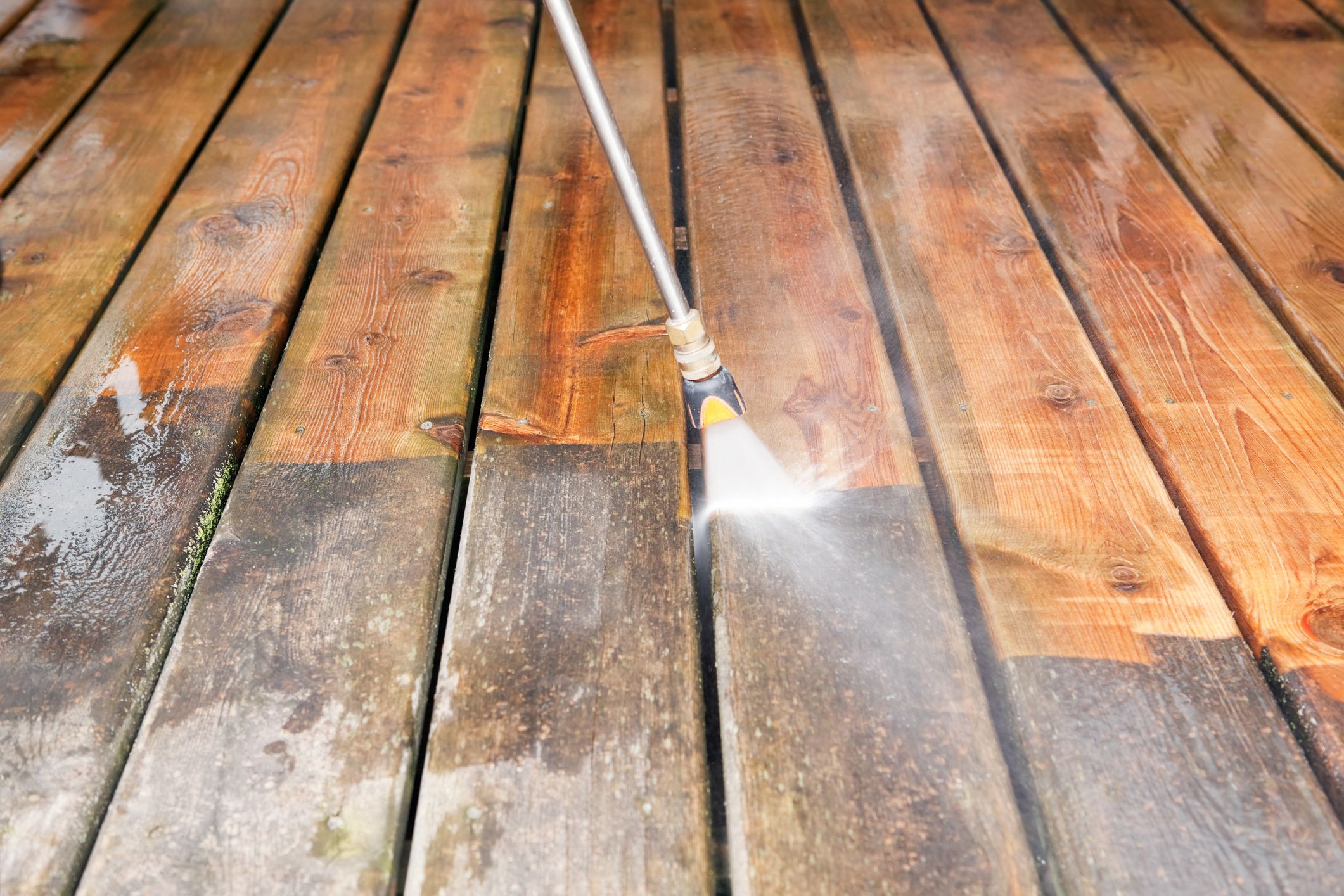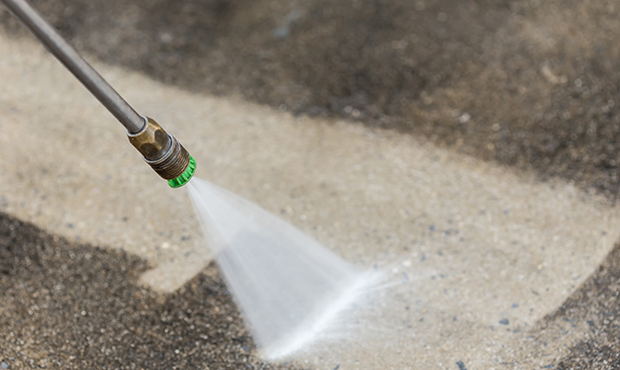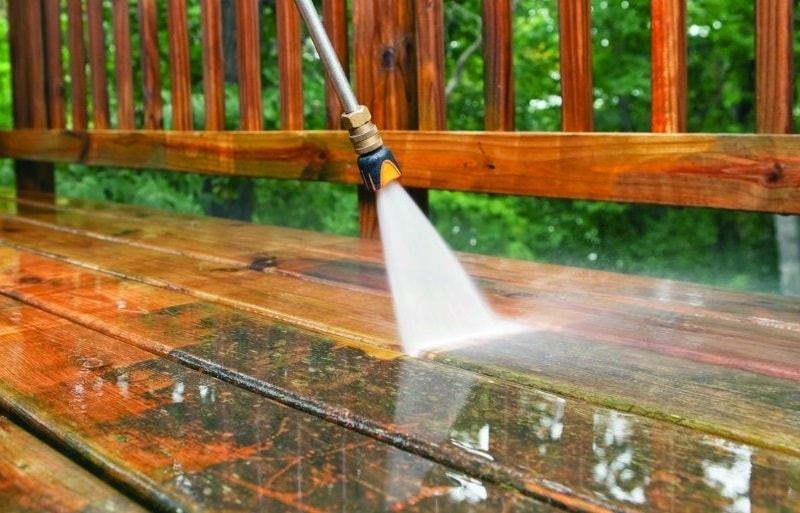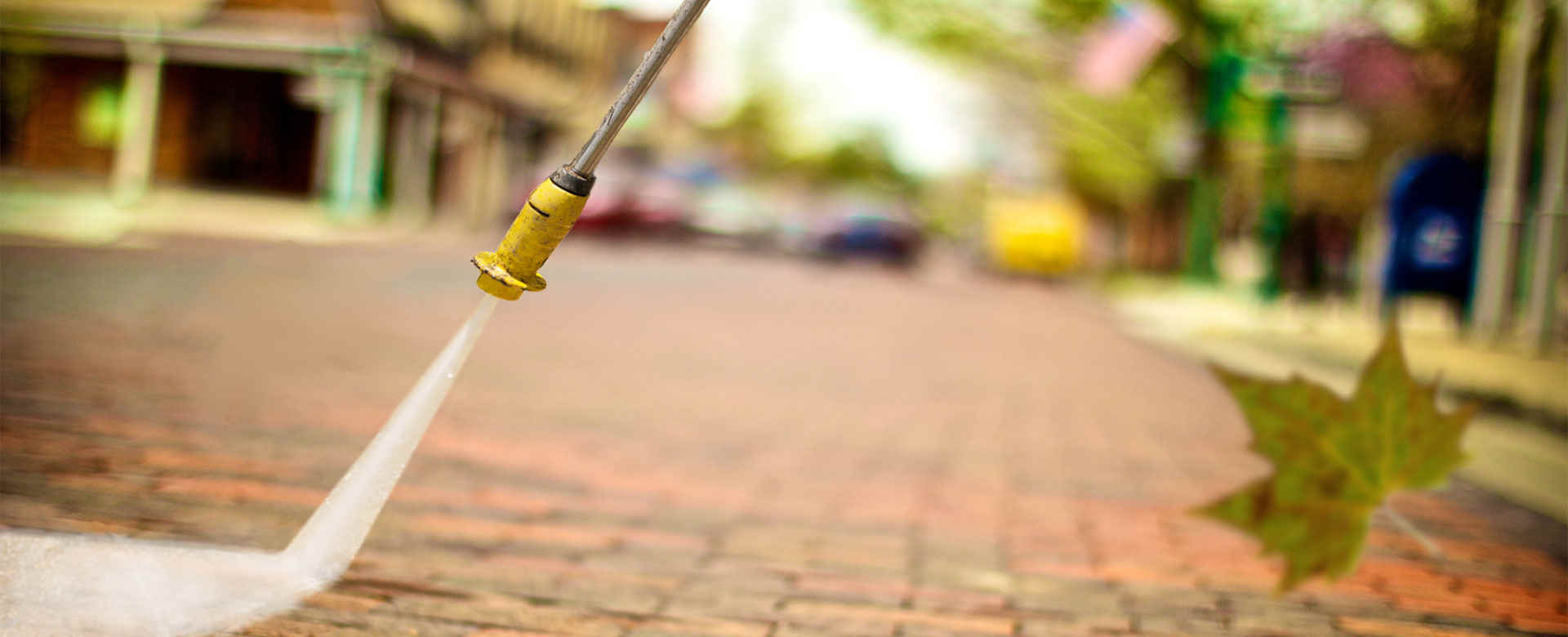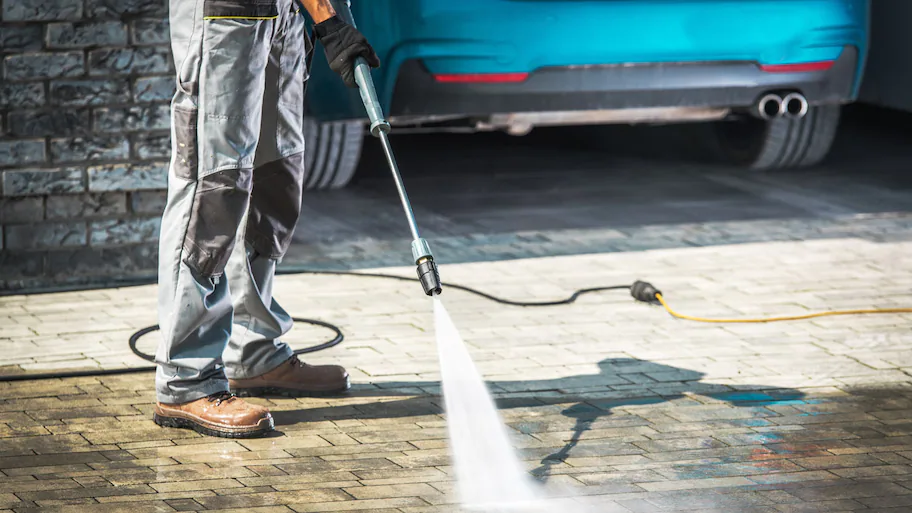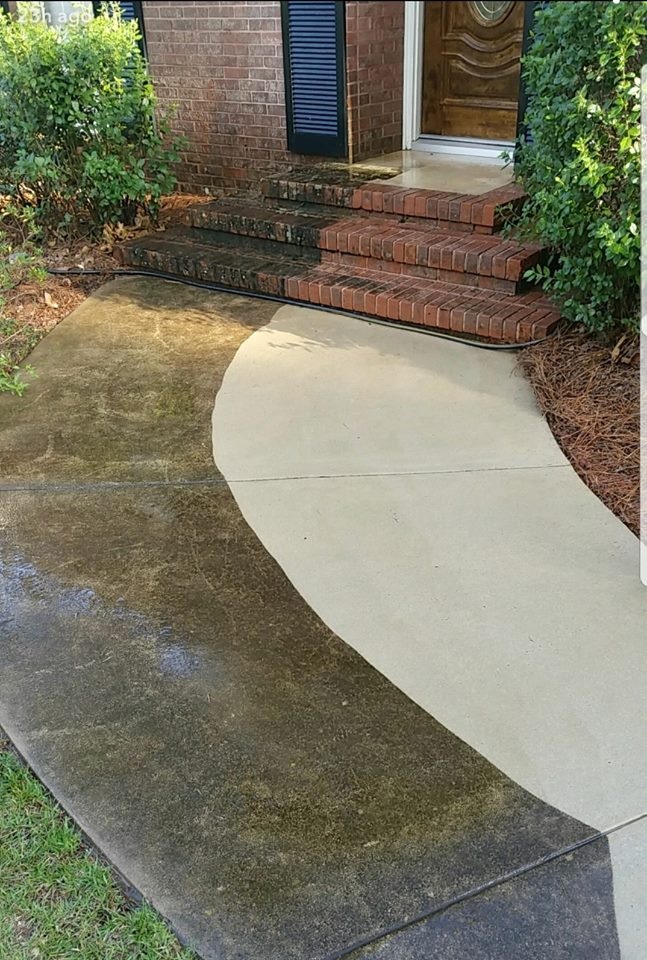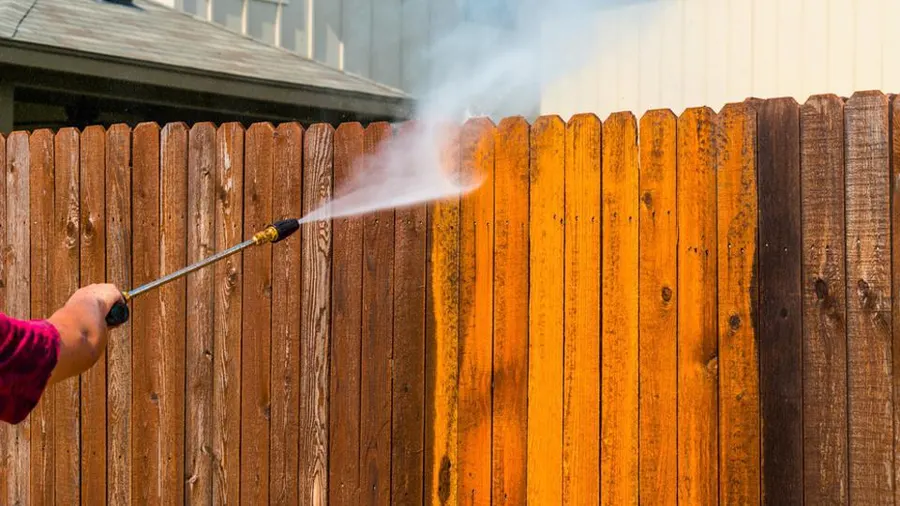Pressure Washing
RH Design Concepts provides pressure washing services to the outside of your home, patio, deck, or fence. We bring our own tools, hoses, and nozzles so no need to stress—just supply our team with the water. We can make your patio or deck look brand new and prepare for the upcoming outdoor season. Let our team begin helping you and contact us about the installation of your pond / aquatics project!
Pressure washing is essential to making your outdoor space look amazing. All of our LED Lighting systems can certainly make a great impression. Our specialty is making sure the project turns out as you intended. RH Design Concepts is dedicated to going above and beyond to ensure the correct installation methods and safety precautions are taken. Talk to our team today and learn more.
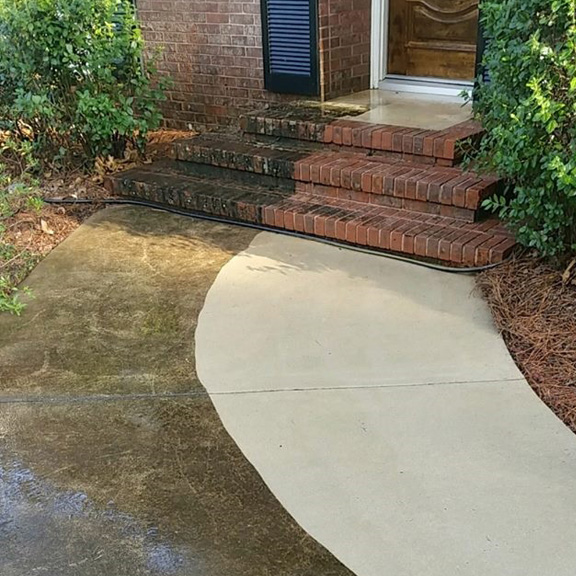
Request A Free Consultation
Complete the form below and we will schedule a time to discuss your project.
About this process
Cleaning up your property with pressure washing can be exciting and rewarding projects that can enhance the visual appeal, aesthetics, and value of your home. With the right planning and execution of each stage of your LED Lighting installation we also customize the project with your vision and selection. Whether you’re updating a few outdoor elements or completely transforming your outdoor space, thoughtful design, quality materials, and skilled craftsmanship are key to achieving successful results. Here’s a basic guide to our process:
We always aim to exceed expectations—at every project
- Understanding the full scope of work is crucial to correct installation
- From preparation to finish with cleanliness—we aim to get it right
- Our team has the expertise to get the project completed successfully
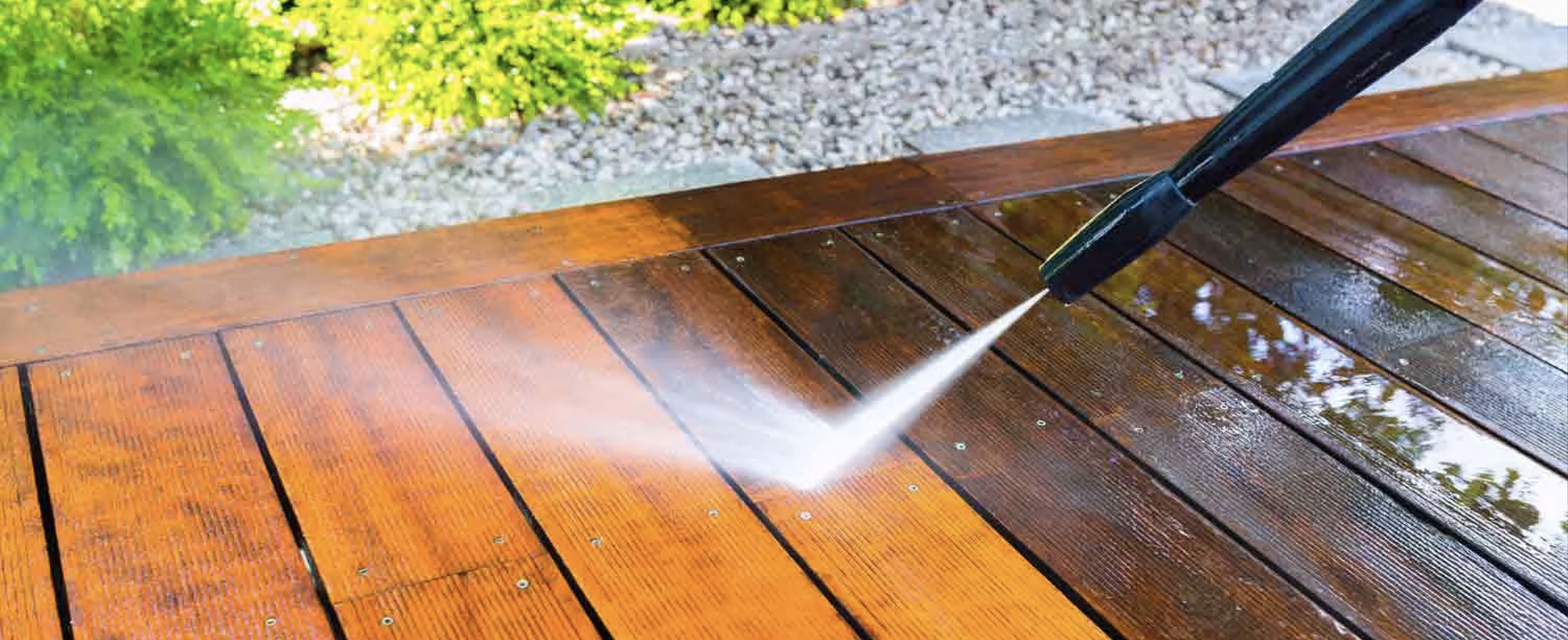
Call For a Quote:
267•733•3831
UNDERSTANDING THE SCOPE OF WORK
PRESSURE WASHING
By carefully planning and executing each stage of pressure washing at your property you can create a beautiful, functional, and comfortable space that meets your needs and reflects your personal style. Pressure washing is an effective method for cleaning surfaces and removing dirt, grime, and stains using high-pressure water spray. Here’s a detailed breakdown of the process:
1. Planning and Preparation
- Assessment:
- Surface Evaluation: Identify the surfaces to be cleaned (e.g., driveways, siding, decks) and evaluate their condition. Determine the type of cleaning needed and any potential risks.
- Equipment Selection: Choose the appropriate pressure washer based on the surface and type of cleaning. Options include electric or gas-powered washers, and models with adjustable pressure settings.
- Safety Precautions:
- Protective Gear: Wear safety goggles, gloves, and non-slip footwear. If working with chemicals, use a mask or respirator.
- Area Preparation: Clear the area of furniture, vehicles, or other objects. Cover plants, electrical outlets, and sensitive areas to protect them from water and detergent.
2. Equipment Setup
- Pressure Washer:
- Assembly: Assemble the pressure washer according to the manufacturer’s instructions. Attach hoses, nozzles, and any other necessary accessories.
- Connection: Connect the pressure washer to a water source. Ensure that all connections are secure to prevent leaks.
- Nozzles and Attachments:
- Selecting Nozzles: Choose the appropriate nozzle for the job. Common nozzles include 0-degree (for intense, focused cleaning), 15-degree (for general cleaning), 25-degree (for wider coverage), and 40-degree (for light cleaning).
- Attachments: Attach any additional tools, such as surface cleaners or extension wands, as needed for the job.
3. Cleaning Solution Preparation
- Detergents and Cleaners:
- Type: Select a detergent or cleaner suitable for the surface and type of dirt or stain. For example, use degreasers for oil stains or mildew removers for mold.
- Mixing: Follow the manufacturer’s instructions for mixing the detergent with water. Use a detergent injector if your pressure washer has one.
4. Pressure Washing Process
- Testing:
- Pressure Test: Test the pressure washer on a small, inconspicuous area to ensure the pressure is appropriate and won’t damage the surface.
- Adjust Settings: Adjust the pressure settings or nozzle as needed based on the test results.
- Application:
- Pre-Washing: If using a detergent, apply it to the surface from the bottom up to prevent streaking. Allow the detergent to sit for the recommended time, typically 5-10 minutes.
- Washing: Begin pressure washing from a distance of 2-3 feet from the surface, gradually moving closer as needed. Use steady, overlapping strokes to ensure even coverage.
- Rinsing: Rinse the surface thoroughly with clean water, starting from the top and working downward to ensure all detergent and debris are removed.
5. Post-Cleaning Care
- Inspection:
- Check Results: Inspect the cleaned surface for any missed spots or remaining stains. Re-clean if necessary.
- Surface Condition: Examine the surface for any potential damage or wear caused by pressure washing.
- Clean-Up:
- Equipment: Disconnect and rinse off the pressure washer and accessories. Store the equipment properly to prevent damage and extend its lifespan.
- Area: Remove protective coverings and clean up any debris or residual detergent from the area.
6. Maintenance and Follow-Up
- Regular Maintenance:
- Equipment Checks: Regularly inspect and maintain the pressure washer to ensure optimal performance. Replace worn or damaged parts as needed.
- Surface Care: Apply any recommended treatments or sealants to surfaces that require additional protection after pressure washing.
- Safety and Environmental Considerations:
- Waste Management: Dispose of any used cleaning solutions or wastewater according to local regulations to avoid environmental contamination.
- Safety Measures: Continue using safety precautions to protect yourself and others while performing cleaning tasks.
By following these steps, you can effectively and safely perform pressure washing, enhancing the appearance and cleanliness of various surfaces around your property.
Our goal is to help you!
We’re dedicated to getting your pressure washing project right.
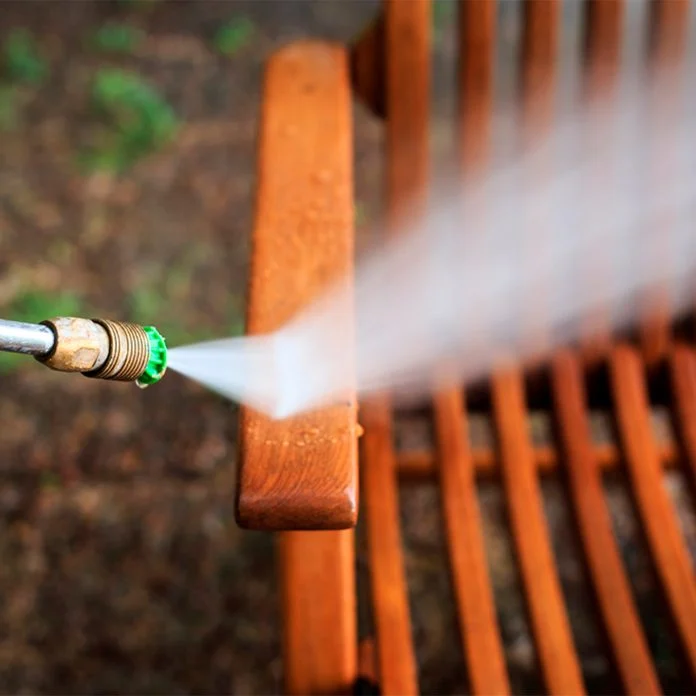
F.A.Q.
There are many different details that surround hardscaping. Our team is always happy to help you learn more about your project.
What types of surfaces can be pressure washed?
Common surfaces include concrete driveways, patios, decks, vinyl siding, brick, stone, and asphalt. However, the type of surface and its condition can determine the appropriate pressure and technique.
How do I prepare a surface for pressure washing?
Remove any furniture, vehicles, or other items from the area. Rinse off loose debris, cover plants and sensitive areas with plastic sheeting, and ensure that all windows and doors are closed.
What types of cleaning solutions or detergents are used?
We may use detergents specifically designed for pressure washers and suitable for the surface being cleaned. We avoid harsh chemicals that could damage the surface or the environment. Some cleaning solutions are designed for mold, mildew, or heavy stains.
Can pressure washing damage surfaces?
Yes, excessive pressure or improper use can damage surfaces, especially delicate ones like wood, stucco, or painted surfaces. Always use the appropriate pressure and technique for each surface.
How does pressure washing differ from power washing?
The terms are often used interchangeably, but power washing involves using hot water in addition to high pressure, which is useful for removing grease and heavy-duty stains. Pressure washing typically uses cold water.
Contact Us
Always feel free to contact us about any questions you have, to setup a free consultation, or just to say hello!

